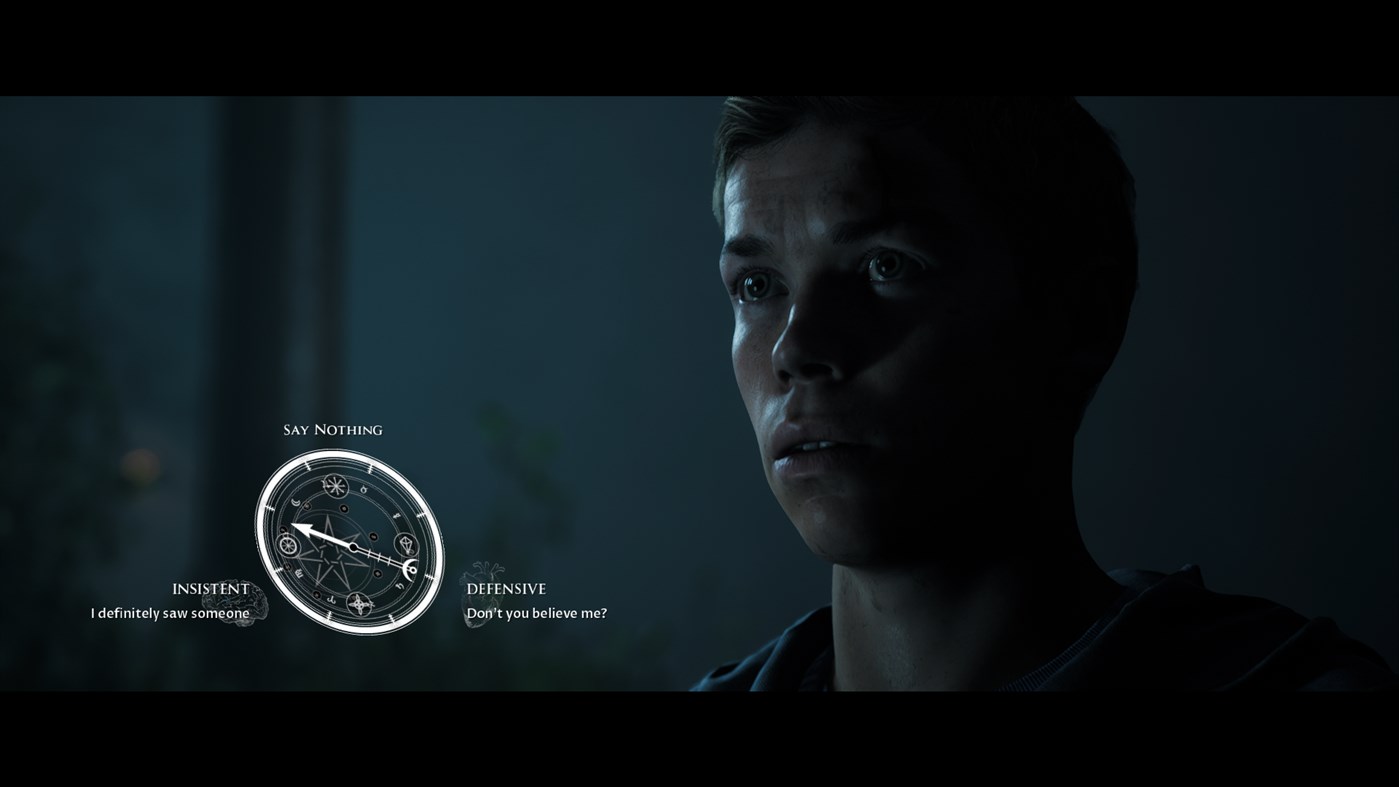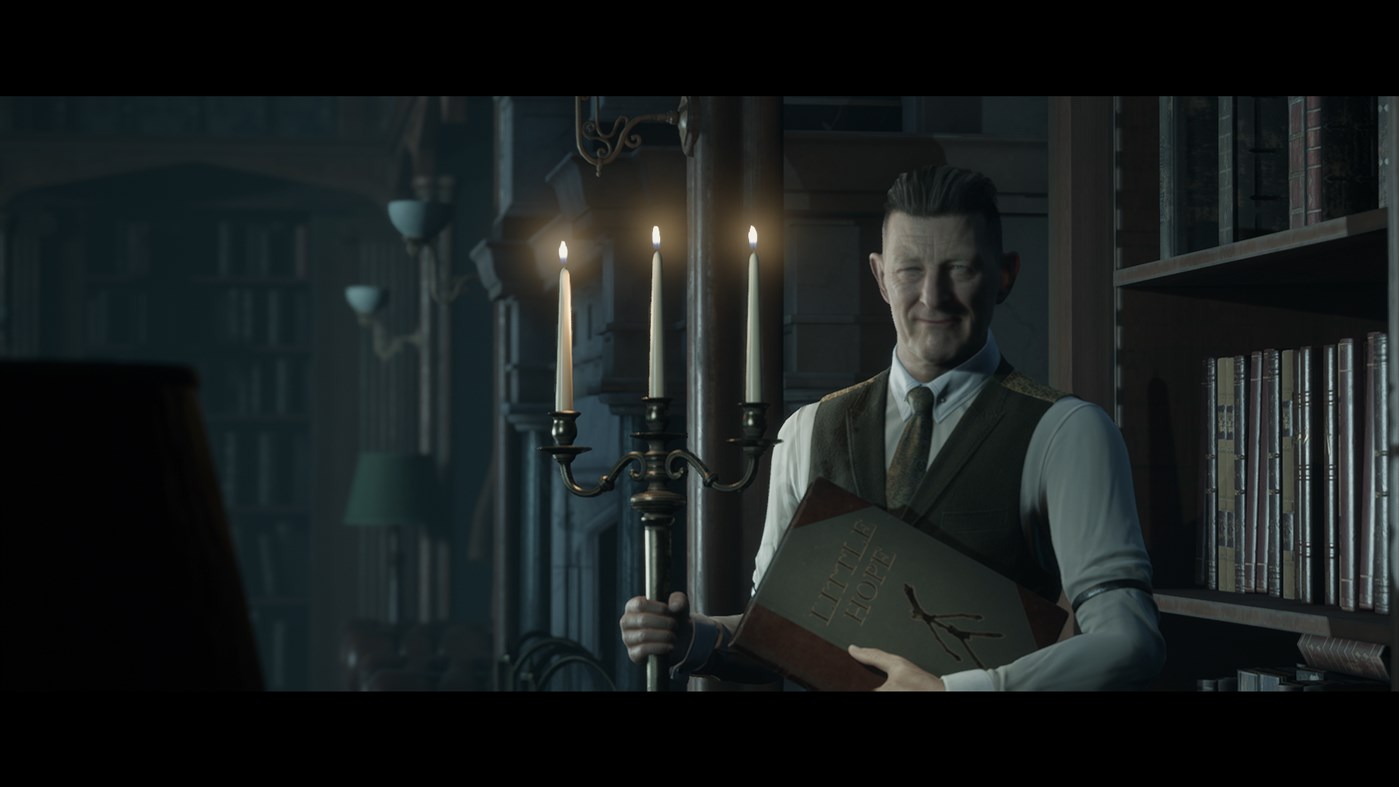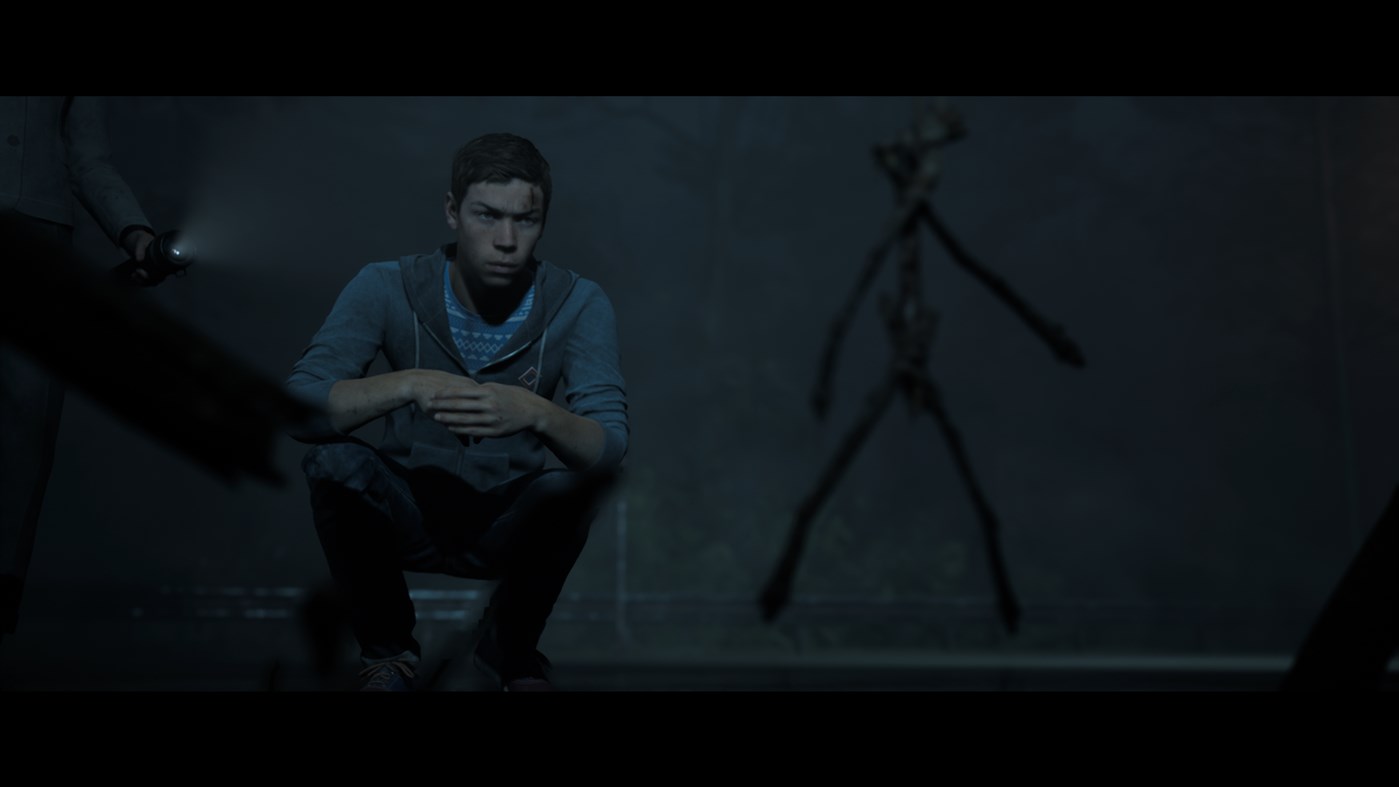The Dark Pictures Anthology: Little Hope is a well-told tale about facing your own demons
As the second — of at least three, but maybe more — games that make up The Dark Pictures Anthology, Little Hope faces the tough task of addressing the challenges levelled at the first, whilst also living in the shadow of developer Supermassive Games’ magnum-opus, Until Dark.
Whilst not perfect, Little Hope does this by continuing along the same lines as the previous iteration; Man of Medan, a game that I enjoyed thanks to its interesting mix of horrors both terrestrial and supernatural. Little Hope gets into the action much faster than Man of Medan did, with the supernatural influence that recurs throughout the game having a profound effect on a certain group during a playable prologue.
This sequence, depicting a 1970’s household in the grip of depression and abuse, potentially both from alcohol in the home and due to the influence of a preacher over one of the family members — though this is never confirmed — serves as a reminder of how these games work. Like the previous Supermassive horror games, Little Hope is a mixture of very slow, freeform exploration, decision based dialogue and quicktime event (QTE) based action scenes.

Whilst each of these mechanics is demonstrated briefly through the eyes of a single character during the prologue, there’s little you can do to affect the outcome — the game always contrives to more or less the same end. Flash forward to the present day, and we hop into the shoes of a small crew of students and a single professor, heading home following a field trip — forced to detour through the titular town of Little Hope, you’ve probably already guessed that they run into a few problems.
Indeed, following a serious bus crash that leaves everyone with minor cuts and bruises and the bus driver missing, we set out to explore the town in order to find help, which, of course, is a lot more difficult than it should be. Exploration is slow and ponderous, with each character driven by the light on their own mobile phone.

There is an option to “move faster” but this amounts to nothing more than a fast walk. In some ways, this slow pace is helpful, because it ensures that players don’t miss the glinting of useful or interesting items. As in previous Supermassive games, some of these give premonitions of future demise, whilst others — like guns or knives — can change your options later in the game. The rest just serve to increase your immersion into the town lore.
And actually, the lore is just as strong here as it was in Man of Medan, which for me was as far-fetched as it was believable — no mean feat to achieve. Little Hope shines a light on the late seventeenth century and explores some of the paranoia that European — specifically English — settlers felt towards witchcraft. It turns out that before Little Hope fell to modern-day depression (as shown during the prologue) it was already a sad and haunted town, thanks largely to a cluster of probably unjustified murders, committed in the name of Christ and under the guise of witch trials.

As the game goes on, our team of five characters — each of them different, most of them not your average hero and all of them white (which does have a very loose basis in the story, you’ll learn) — find out more and more about the original accusations, trials and subsequent accusations. Without giving away any spoilers, Little Hope uses a very intriguing time-bending concept to draw a line from the seventeenth century, the 1970’s and the present day and I found this compelling to say the least.
The more we learn about the past, the more it begins to haunt us — with terrifying, ghoulish enemies appearing more frequently as the game ramps up. Real or imagined, these threats can end the story for any one of your characters at any time, and the decisions you make can affect how each scene plays out. In particular, there are a number of “heartbeat” and QTE sequences where the penalty for failure is quite obviously deadly, or at least extremely perilous.

Despite the increasing threat level, I completed both of my playthroughs without a single death, and whilst that doesn’t mean that I got every sequence perfectly right, it does mean that I found Little Hope easier by far than Until Dawn, and by a smidgen easier than Man of Medan (one death.) Take from that what you will, I guess, but be aware that terror is slightly reduced when you realise that you’ll almost certainly make it through whatever encounter you’re in.
On the note about terror, Little Hope does it well. There are a number of frankly quite cheap jump scares throughout the game, but the slow pace, the overall extreme darkness and the speed and execution of these scares makes for a chilling experience. I never leaped out of my skin, but fully immersed with the lights off, I certainly jumped more than just a couple of times — and even had the occasional spine-tingling moment.

The actual QTE sequences where the threats manifest themselves are well done and often jump between characters during an almost relay-style race to escape an approaching enemy. These sequences look great, and the enemies are ugly enough to run from — but as with any QTE sequence, you’ll need to keep an eye out for the buttons you need to press, which does mean you’ll lose some of the terror that might have been cast by what was on screen.
When Little Hope reached its climax, I felt that it was a fitting and well timed end. The final confrontation is just lengthy enough, and with multiple characters in danger, we put everything we’ve learned about the gameplay and about the journey we’ve been on to best effect. In evading the demons during this last scene, our group finally achieves salvation — and the ending is one that I had partly, but not fully guessed, that I found to be absolutely on the money.

When reviewing a game like Little Hope, it’s often difficult to decide whether you are critiquing the game, the story, or both. As a game, Little Hope is visually and aurally impressive, doing everything right in terms of presentation, whilst offering only the slowest, simplest of actual inputs from the player. As a story, Little Hope is a dark, creepy and occasionally disturbing look into human histories and behaviours.
Bringing the game and the story together, Little Hope is a success overall that’s worth your time. The only real downside to Little Hope is that more so than any other Supermassive Games product, I felt my agency was limited. I could make decisions, but when I replayed and made the opposite choice, little changed. This might be because the ending to the story is unusually tight and well scripted, or perhaps it’s simply because the broader the choice, the more game content needs to be made behind it, but either way it’s a shame. That should not detract from the fact that Little Hope is a worthy addition to the collection of any fan of the horror genre.
Little Hope is out on PS4, Xbox One, and PC.
Enjoy horror games? Check out our list of great free Horror games that you can play right now.
Comments are closed.